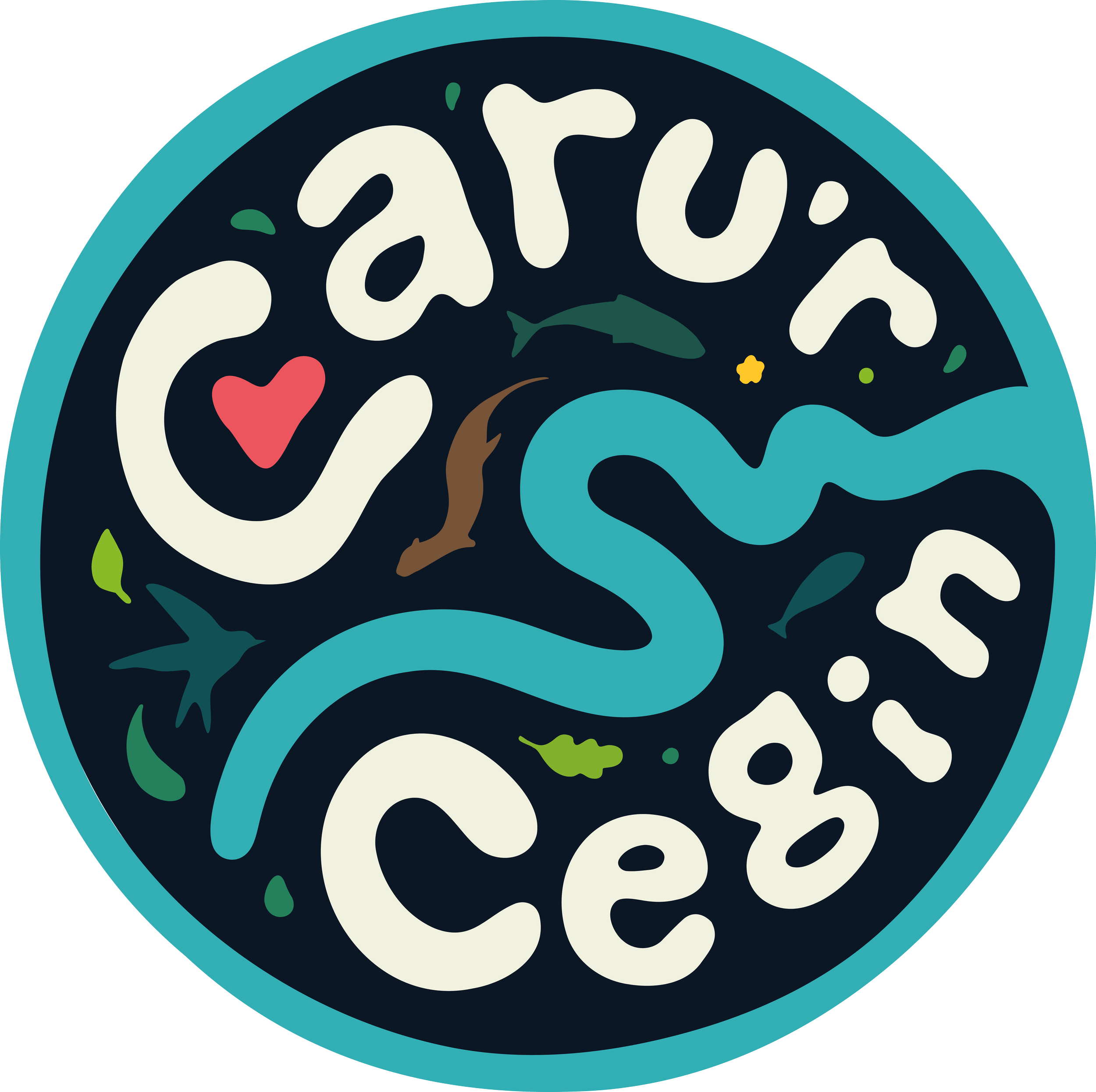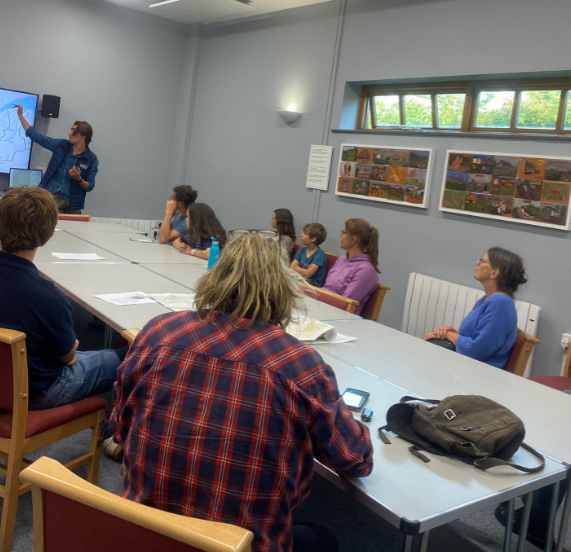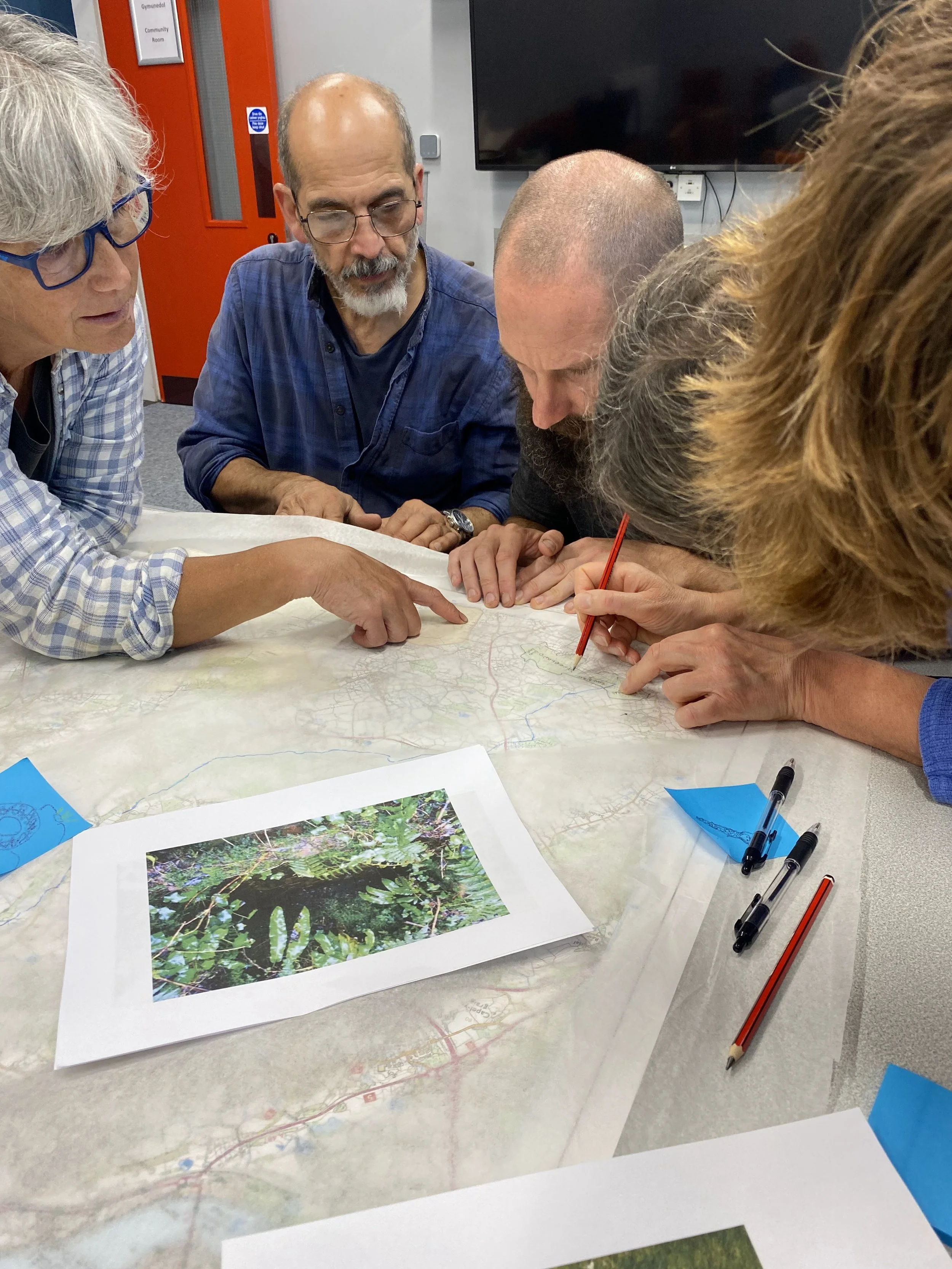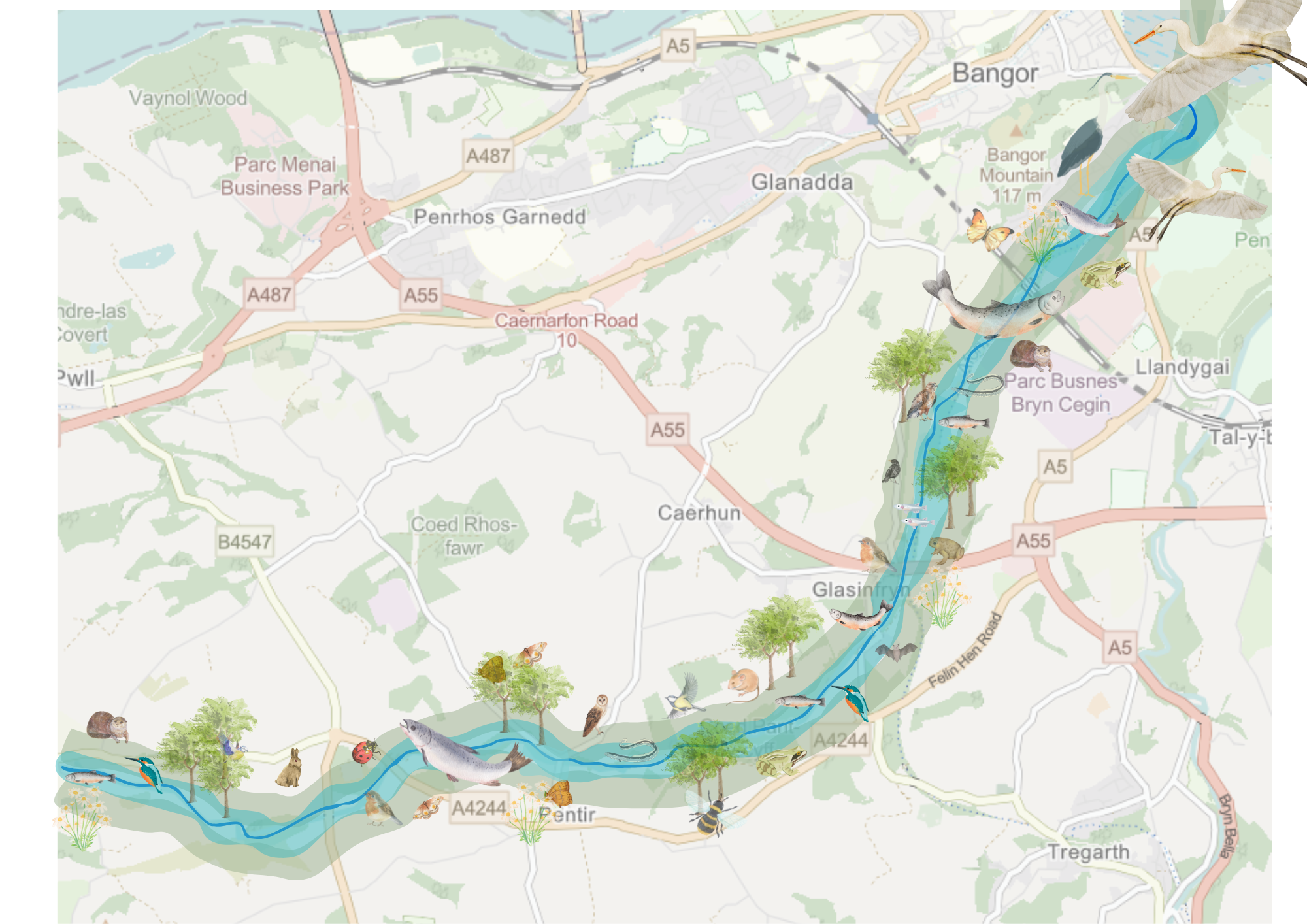
Working across the Afon Cegin catchment to restore, reimagine and reconnect the river — for nature, for people, for the future.
Putting down ROOTS
Caru’r Cegin is an innovative project that has been piloting nature based solutions and engaging communities since 2023. After the completion of phase 1 the project has received a further 3 years of funding to continue developing a catchment based approach to improving river health for wildlife, people and the wider ecosystem .
During 2025 we are holding a series of co-creation sessions in different parts of the Afon Cegin catchment - giving as many people as possible to contribute to the development of the Caru’r Cegin project.
So far these sessions have offered a valuable opportunity to share ideas, insights, and expertise, while also building new connections and exploring opportunities for collaboration within the community. Once all sessions have been held we will be publishing our project blueprint.
To join the next session please visit our events page.
CO-CREATING THE BLUEPRINT
In the Afon Cegin catchment, eco-cultural mapping is being used as a practical, low-tech way of creating large, shared maps that bring together different kinds of knowledge. The process can help to:
Strengthen connections within the community, including between younger and older generations, while supporting fairer sharing of voices and perspectives
Build a collective picture of the catchment, past and present, by weaving together scientific evidence, local memory, traditional ecological knowledge, and historical records
Imagine and agree on possible futures for the river and surrounding land that reflect the aspirations of the community
Set out actions and priorities to reclaim and restore what is needed to achieve this shared vision
eco cultural mapping
NATURE CANNOT SURVIVE IN FRAGMENTS
The Cegin Wildlife Corridor is a visionary plan to reconnect fragmented habitats along the Afon Cegin, creating a continuous ecological network from the uplands to the coast.
Wildlife corridors help nature move, grow, and recover. By linking up woodlands, rivers, hedgerows, gardens and fields, we create safe routes for wildlife to travel, feed, nest, and adapt. These green connections are vital for boosting local biodiversity and building a healthier, more resilient landscape.
Connecting nature across the Cegin
JOIN THE NATURE RECOVERY CORRIDOR
Farmers & Landowners
Do you own or manage land on the Afon Cegin?
Farmers and land managers play a vital role in restoring nature and building climate resilience. By joining you’ll gain access to a growing network of knowledge, support, and idea-sharing with others who care about the future of the Cegin.
Are you or your group responsible for a garden or greenspace?
Whether you have a window box, garden, or shared greenspace, there are many ways you can attract and support wildlife. As an individual or community you can join our Gardens & Greenspaces network.
gardens & greenspaces
businesses
Does your business have outdoor space?
From office yards and car parks to planters, verges, and rooftops, every business can play a role in restoring nature. By making small changes to your greenspace, you can support pollinators, improve local biodiversity, and show your commitment to environmental responsibility.
INVASIVE SPECIES MANAGEMENT
Invasive non-native species (INNS) pose a serious threat to the Afon Cegin catchment. These plants, animals, or microorganisms, introduced outside their natural range—often by human activity—can spread quickly without natural predators.
In the Cegin, INNS outcompete native species, damage habitats like wetlands and riverbanks, reduce biodiversity, block water flow, increase flood risk, and hinder water quality improvements. Tackling these threats is vital for restoring the river’s health and supporting local wildlife.
As part of North Wales Rivers Trust’s work to improve the Afon Cegin, efforts are underway to control invasive species and protect this valuable ecosystem.
You can help.
Download the INNS Mapper app and log any sightings while you're out in the Cegin catchment by taking a photo and recording the location. Your input will help shape a strong, long-term plan to tackle invasives across the catchment.







